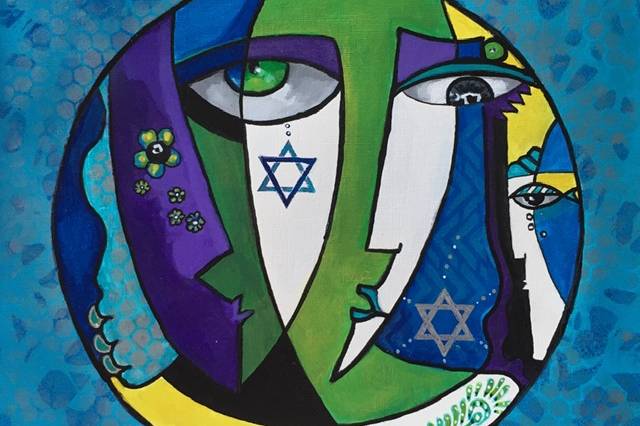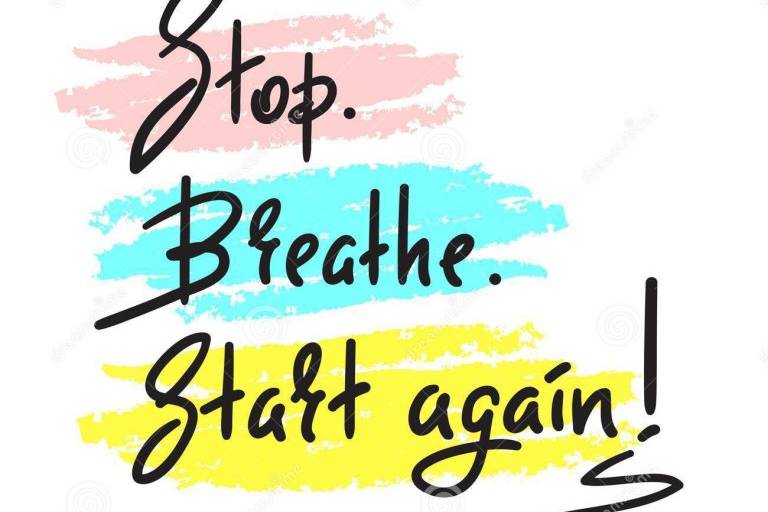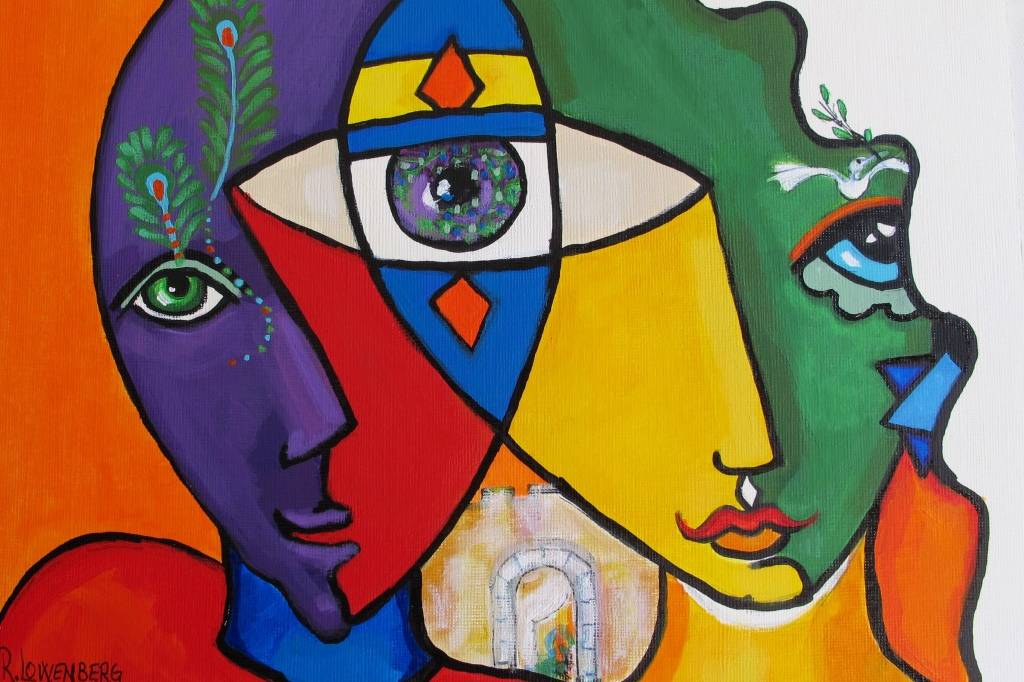Marking the second anniversary of the Nepal earthquake, on April 25, 2017, is a time to stop and take stock of all that has happened since that terrible day and to underscore the humanitarian aid that flowed freely from Israel xxx kilometers away.
April 25,2015 dawned bright and clear with no sign of what lay ahead for this landlocked country of 27 million inhabitants. At 11:56 AM on that fateful Saturday morning, the earth began to rumble and rock leaving in its wake death and destruction. Measuring 7.8 on the Richter scale, the earthquake killed more than 8500 people and destroyed more than 750,000 homes. A second major quake struck on May 12, 2015, causing further damage and death.
Bordered by two gigantic countries, China from the North, and India to the South East and West, Nepal is ranked among the weakest countries economically, and close to half the population is unemployed. On the measure of disposable income, Nepal ranks 173 out of 175 countries, with an average monthly income of $63.00. Poverty is rampant, literacy rates are low and hunger is prevalent. Add to that a natural disaster and the catastrophe is overwhelming.
330 humanitarian aid agencies responded to the Nepalese government call for help. Aid ranged from responding to immediate medical needs, safe housing, sanitation and food, and continued with psychological first aid. Israel was almost first on the scene to offer aid with the IDF field hospital up and functioning within 48 hours of the quake.
Nyayik Sansar, a Nepalese NGO that partners with Tevel B’Tzedek, an Israeli based NGO responded immediately as well. In normal times these two organizations work collaboratively on integrated community development programs in rural Nepal in the fields of education, health and sanitation and, youth and women’s empowerment. Recognizing the importance of both physical assistance and psycho-social support during this time, together these two organizations led the way in harnessing their existing infrastructure to implement a variety of programs including a resilience building program to address the psychosocial needs of those hardest hit by the earthquake in urban and rural settings. I was privileged to help develop and implement this program.
Hearing about the terrible devastation in Nepal I. reached out to the offices of Tevel Be’Tzedek in Jerusalem, offering my services. According to reports filtering into the Jerusalem offices, at least fifty Nepalese staff members and an equal number of Israeli volunteers and staffers were streaming into Kathmandu from destroyed villages in the field. They were scared. They had lost their footing in both a real sense and the proverbial sense. Tevel B’Tzedek was eager to send over a team to help staff cope and invited me to take the lead.
As a long time trauma psychologist, and previous director of the Resilience Unit at Metiv-Israel Center for the Treatment of Psychotrauma I was a veteran of previous natural disasters such as Hurricane Katrina in Mississippi, USA, and the 2010 earthquake in Haiti. Building on the expertise that we had developed in Israel dealing with the psychological and social effects of terror and war, I eagerly volunteered my services, and within days was on a plane headed for Kathmandu.
Arriving in Kathmandu, the only visible signs of the earthquake were several cracks in the floor of the airport. Driving through the city things looked deceptively normal, until we turned a corner and saw the golden roof of a temple hanging askew at an awkward angle. Nearby the side of a building looked like it had been shaved off and half rooms lay exposed to the heavens. I learned that seventy people lost their lives in this building. Onlookers were gathered watching the rubble being sifted in the hope of finding victims.
Arriving at the offices of Nyayik Sansar/Tevel, I was met by weary looking staffers who eagerly shared their stories, and their sense of responsibility for their workers, reaching out for much needed support. Luckily, I was joined by Nili Lavi, a volunteer psychologist from Metiv, and together we rolled up our sleeves and began to work. First order of business was working with the staff of Nyayik Sansar and Tevel.
In post disaster environments the needs of helpers are often overlooked, as they work around the clock helping others. Looking after their needs both physical and psychological was a priority for us. Teaching the staffers and volunteers about trauma, and how it affects the body and the mind was a first step in helping them to understand what they had experienced. This laid the cornerstone for work that they would eventually do in the field. Allowing for staff and volunteers to share their experiences with each other, and appreciating the necessity of social support for healing was not only emphasized but also experienced.
Workshop sessions including drawings, story telling, dancing and relaxation, using a variety of techniques so that each person could find their own unique way to share their story. At the conclusion of the workshop participants shared their sense of relief. One senior staffer said,”Wow-it’s great to listen to other people and see that I am not the only one who feels shaken up.” Another shared, “It’s good to learn that what I am experiencing is normal. I was worried that I was going crazy.”
After completing the first round of workshops with staffers focusing on both psychoeducation and sharing of feelings including sadness, fear and hope, we joined with the directors at Nyayik Sansar/Tevel to develop a yearlong program in building resilience, beginning with training field staff who could then adapt the program and bring psycho-social support and resilience building to the villagers. Encouraging Nepalese staff to take ownership of this Israeli based resilience program, mold it to their needs and their culture proved the key to successful implementation.
The model we used, the BRI (Building Resilience Intervention) is a flexible model that provides a framework for considering basic building blocks of resilience. It includes units on self-awareness and self-regulation, understanding feelings, expanding coping repertories, and finding hope and meaning in difficult situations. Staffers first experienced firsthand the resilience building workshops and then worked hard at translating and adapting the materials to the culture as well as to meet the challenges and needs of the people they were working with in rural Nepal.
There were many challenges in developing a yearlong program from both the physical and psychological distance of Israel, yet we were able to successfully able to bridge the miles. In addition to three onsite visits for training and supervision, a key part of the program was providing ongoing support via Skype over the course of the entire year. As the year drew to a close and we celebrated the first anniversary of the earthquake a feeling of excitement was in the air, optimism and hope flourished, and participants in the resilience building program were feeling a sense of productivity and mastery.
Today, as we reach the second anniversary of the earthquake on April 25, 2017, we can report with a real sense of satisfaction that staff of Nyayik Sansar/Tevel B’Tzedek successfully implemented the BRI – Building Resilience Intervention in 66 groups of primarily women, with 959 participants. Each group reported on more than ten resilience building activities that were done as part of the group meetings. A semi-structured evaluation yielded important data showing which areas were most powerful for participants (importance of sharing and self-care), and where there was room for improvement.
The Nepalese earthquake provided an opportunity to bring much needed mental health services to rural Nepal. I was grateful that I as an Israeli professional had the privilege to bring the knowledge and expertise developed in the wake of terror attacks and war in Israel, to the Nepalese people during their hour of need.









